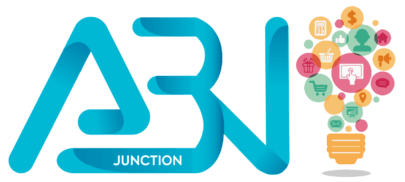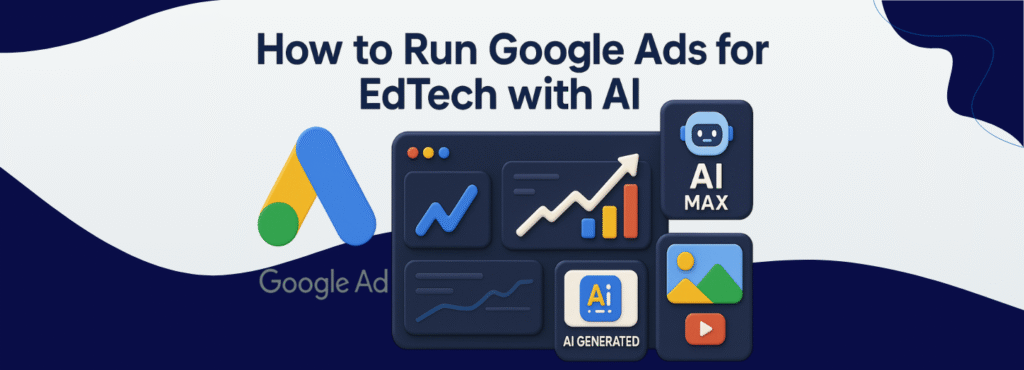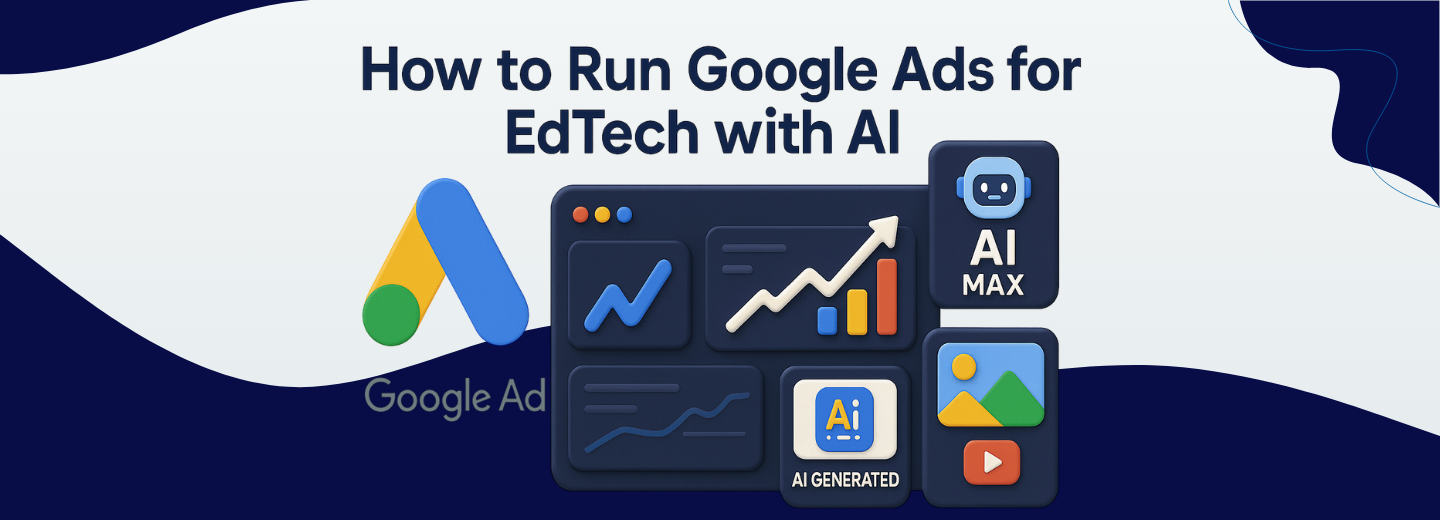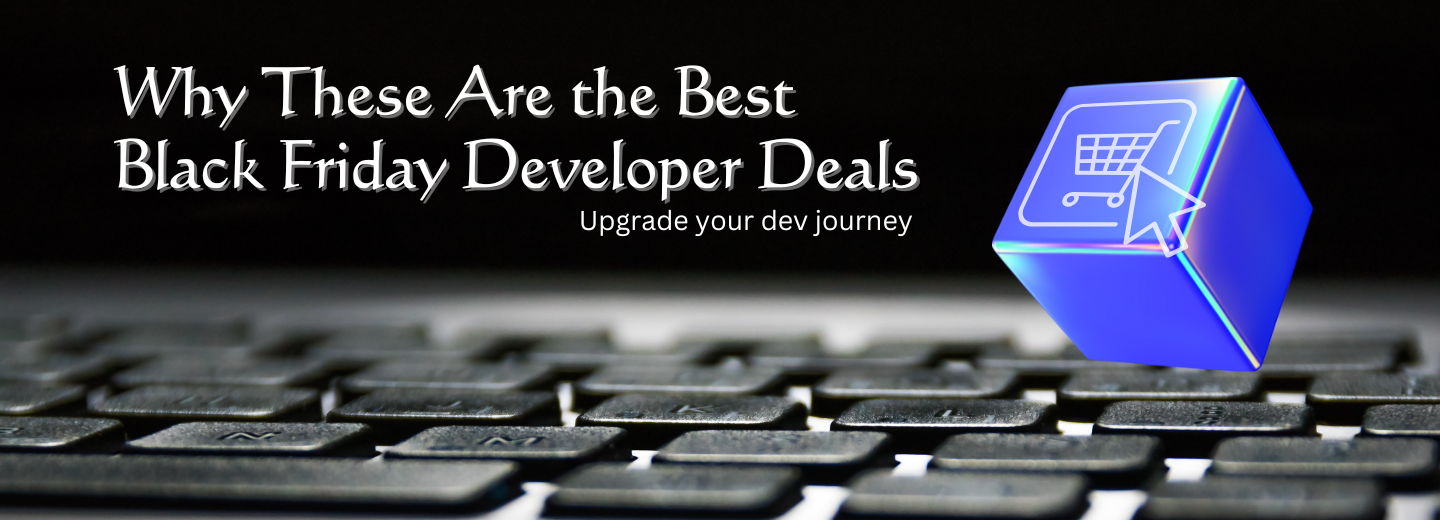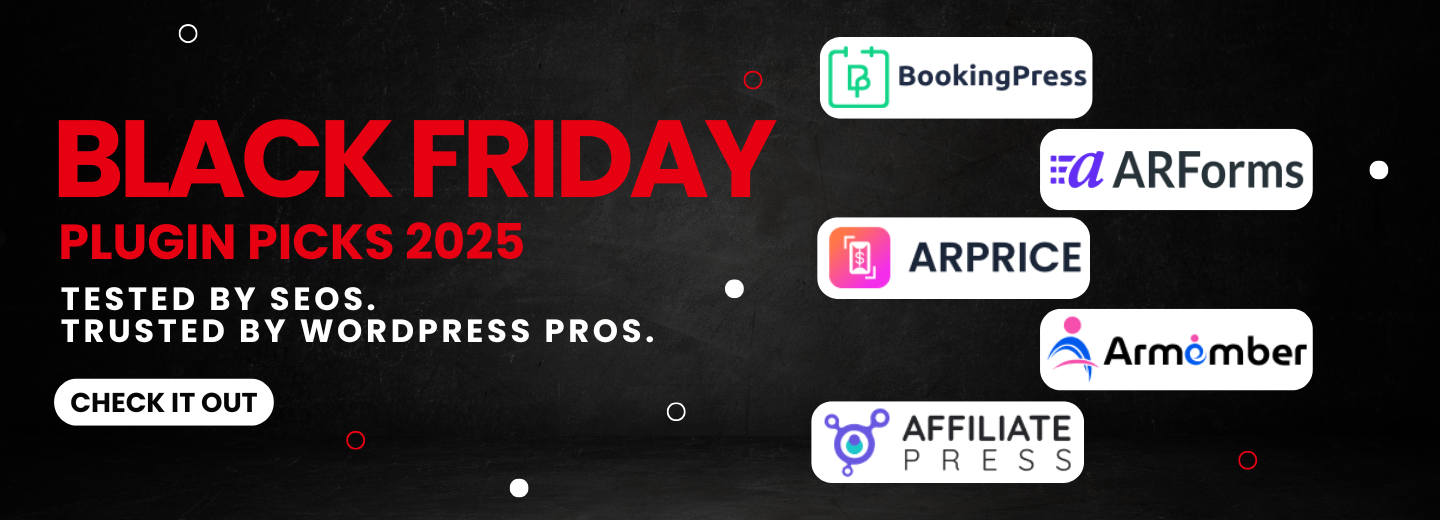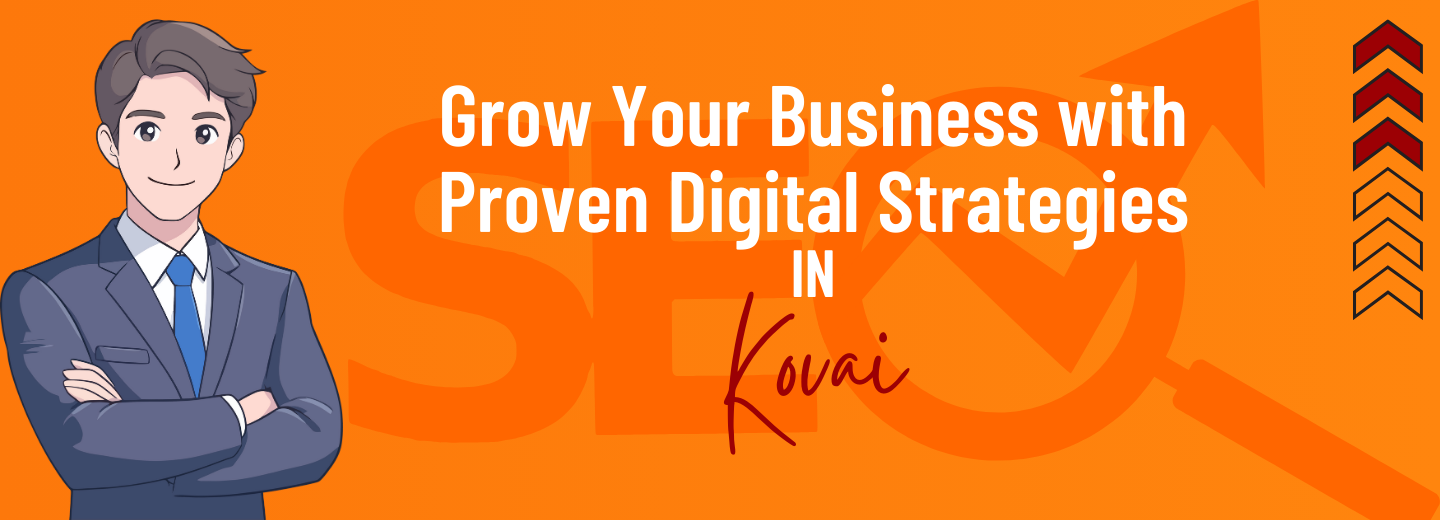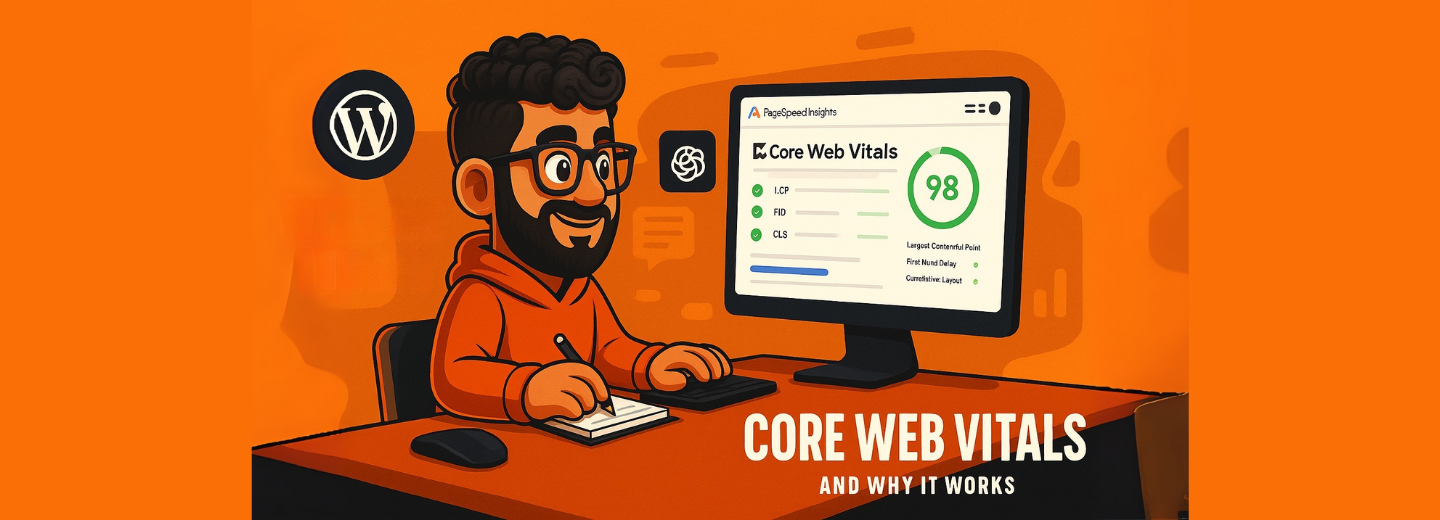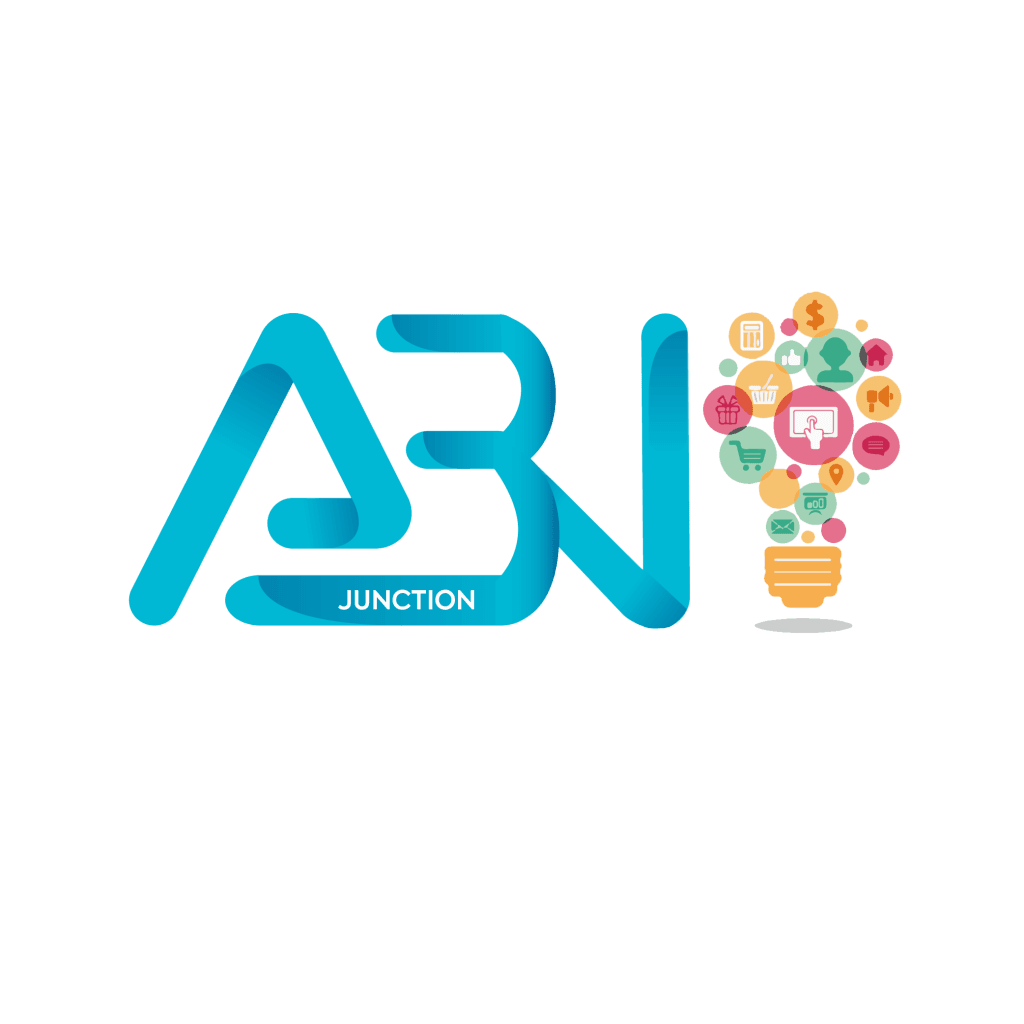The “Clicks That Don’t Convert” Conundrum
You’re seeing impressions and clicks — but enrollments remain flat. Despite consistent budgets, conversions feel out of reach.
Welcome to the gap between ad performance and real ROI. In July 2025, Google Ads will no longer be just about bid wars and keyword match types. It’s an emerging AI ecosystem — and if you’re not optimizing with intent, your competitors are.
1. AI Supercharges Keyword Strategy
Google’s new AI Max match type transforms broad match by combining landing page context and AI-generated headlines. Early tests show it expands query reach—but may increase cost-per-click until fine-tuned.
👉 How to Use It for Courses:
- Launch a standard search campaign using AI Max
- Segment keywords into themes: course type, outcomes, location (e.g. “online UX design certification India”)
- Monitor “Search term match type” and exclude low-performing queries
Use AI to generate long-tail keyword variations based on your course landing page content.
2. Responsive Search Ads + AI-Generated Assets
With Gemini/AI, you can auto-generate 15–20 headlines and 4–6 descriptions for each ad group. Then use Responsive Search Ads (RSAs) to let Google test combinations for optimal CTR.
ROI Booster Prompt Example:
“Generate 10 Google Search ad headlines and descriptions for a course in [subject/topic of choice]. Target audience: [user persona]. Focus on benefits, outcomes, and urgency.”
➡️ Always review AI outputs — ensure accuracy and brand tone, then launch them into your RSAs.
3. Performance Max + Demand Gen Hybrid
Combine Performance Max with the newly auto-upgraded Demand Gen campaigns. Together, they span Search, Discover, YouTube, Gmail, and Display — all optimized via Smart Bidding and AI asset testing.
- Use Case: Provide the system with course URLs, visuals, video testimonials, and targeting signals.
- Best Practice: Include high-value conversion goal (enrollment) and demographic and brand exclusions for prospecting refinement.
4. YouTube as a TOFU Powerhouse
YouTube is no longer just branding — it’s a core performance channel for EdTech.
- Use skippable in-stream or Shorts format with AI-edited clips: student stories, faculty intros, day-in-the-life previews.
- Create segmented video ads for different user intents: career changers, freshers, upskillers.
- Analyze view-through conversions (VTC) to attribute enrollments accurately.
Prompt:
“Create a script for a 15-second YouTube ad promoting a course in [subject/topic of choice]. Include urgency, social proof, and visual CTA.”
5. Smart Bidding + Qualified Lead Events
Smart Bidding is only as smart as your signals. In 2025, feeding the right conversion events makes or breaks performance.
- Stop using form submissions as your only goal
- Tag events like “brochure downloaded,” “WhatsApp replied,” or “counsellor call completed”
- Set “Qualified Lead” as a custom conversion action in Google Ads and sync via CRM (Zoho, LeadSquared)
This trains AI to prioritize users who actually convert, not just click.
6. Persona-Based Targeting: Segment by Mindset, Not Just Demographics
In EdTech marketing, “student” is not a one-size persona. Instead, segment by intent clusters:
- Career Switchers (mid-20s to 40s)
- Students & Graduates (18–25)
- Upskillers (working professionals)
- Parents (decision-makers for younger students)
For each group, customize:
- Copy tone (aspirational, outcome-driven, credibility-based)
- Landing pages (testimonials from similar profiles)
- CTAs (book a counselling call, download syllabus, apply for scholarship)
Use AI to generate audience-specific messaging variants. Then match them to segmented landing page paths.
7. AI Overviews = Ad Placement Shift
Google’s new AI Overviews and AI Mode features show ads at the top of AI-generated summaries.
What it means for you:
- Your search ads may appear within AI-driven snippets
- Click-through rigor increases competition for visibility
➡️ Ensure your top-performing search and PMax assets align with your enrollment funnel.
8. Landing Pages: AI Meets Conversion Optimization
AI changes how people search — with more conversational intent and answer-driven queries. Optimize for Answer Engine Optimization (AEO) by structuring FAQs, featured snippets, and concise outcomes that match ad intent.
Quick Checklist:
- Intro that answers “What do I get from this course?”
- Bullet Benefits (job-ready, certification, mentorship)
- Strong CTA + supporting ad promise
- Load fast and mobile-optimized
Use AI tools to generate variations in headlines/subheads, then A/B test in your landing page builder.
AI‑Powered Campaign Audit Prompt
“You are a paid search strategist. Analyze this Google Ads for EdTech campaign: keywords, audience exclusions, assets, and landing page. Highlight gaps in AI usage, Smart Bidding setup, or AEO alignment. Provide a prioritized site‑wide optimization plan.”
Plug this into your internal GPT or AI tool for a fast audit.
📌 Summary Table: Campaign + AI Alignment
| Component | AI-Powered 2025 Best Practices |
| Keywords | AI Max + Broad Match + Negative keywords |
| Ads | RSAs seeded with AI-generated headlines |
| Campaign Type | Performance Max + Demand Gen hybrid |
| Bidding | Smart Bidding with first-party data, qualified lead goals |
| YouTube | TOFU + segmented videos + VTC reporting |
| Landing Pages | AEO structure + fast & mobile |
| Personas | Mindset-based copy and asset alignment |
| Reporting | Search term match + AI Overview + CRM loop |
Final Word from Arun
Google Ads for Edtech in 2025 isn’t about manual tweaks — it’s an AI-assisted system that rewards strategic inputs and real enrollment outcomes. Treat AI as your accelerator — but never as autopilot. Adjust, align, and optimize with intent.
💡 Want help building and auditing your AI-powered Google Ads structure for EdTech funnels? Let’s book a growth call and map out your enrollment ROI engine.
– Written by Arun Bharadwaj, Growth Engineer @ ABN Junction
